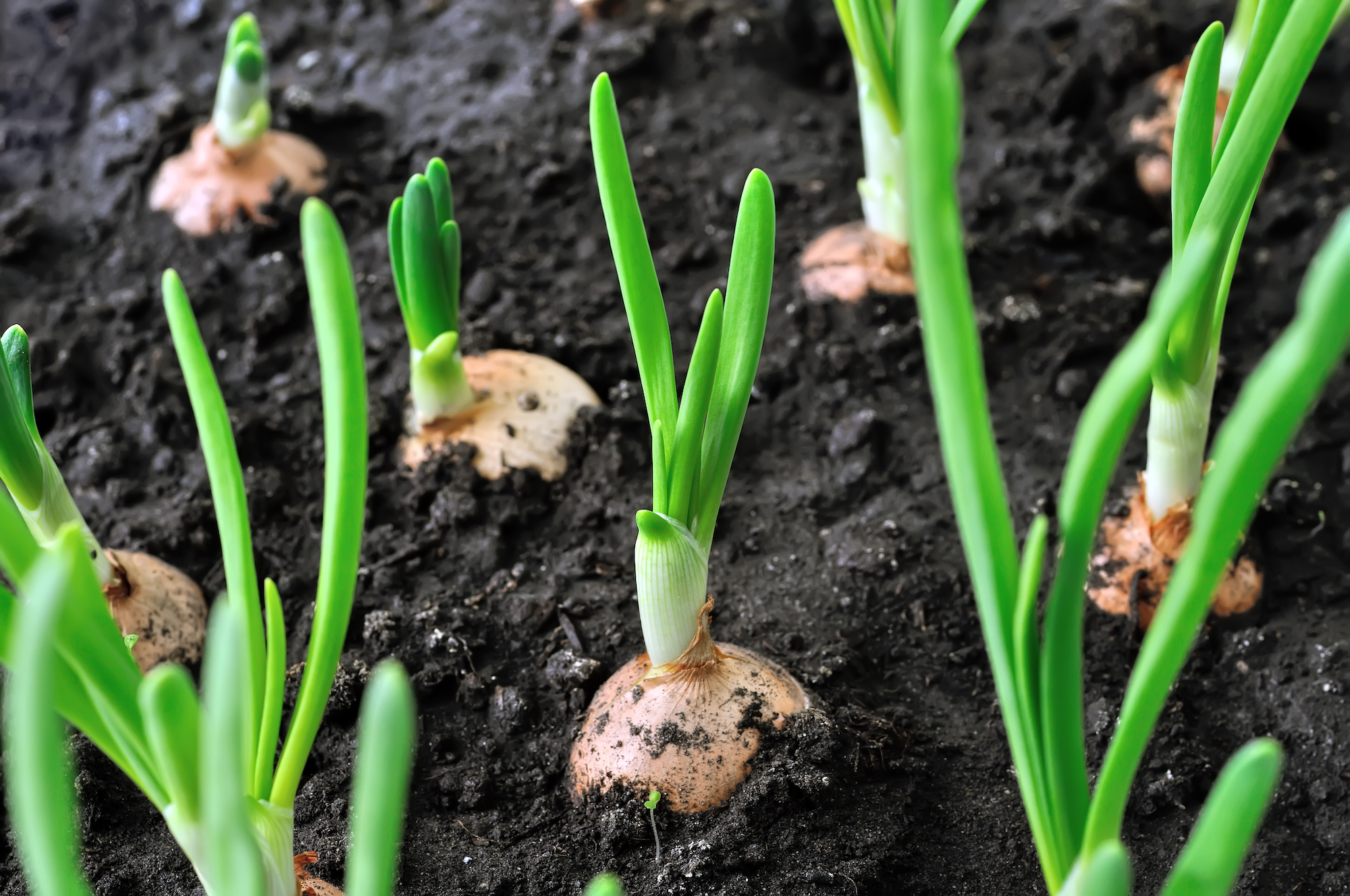

Articles
How To Store Onions From The Garden
Modified: August 16, 2024
Learn how to effectively store onions from your garden with these helpful gardening tips. Keep your onions fresh and flavorful for months.
(Many of the links in this article redirect to a specific reviewed product. Your purchase of these products through affiliate links helps to generate commission for Storables.com, at no extra cost. Learn more)
Introduction
Welcome to the wonderful world of gardening! Growing your own vegetables and herbs can be a deeply rewarding experience. One vegetable that is particularly popular among gardeners is onions. Not only do they add flavor and aroma to a wide range of dishes, but they are also relatively easy to grow and store.
When it comes to storing onions from your garden, proper techniques and conditions are crucial to ensure that they stay fresh and flavorful for as long as possible. In this article, we will guide you through the process of storing onions, from choosing the right onions for storage to various methods of preserving and maintaining their quality.
So, whether you’ve just harvested a bumper crop of onions from your garden or you want to make the most of the onions you buy at the market, read on to learn how to store onions effectively.
Key Takeaways:
- Choose the right onions for storage by opting for varieties with good keeping qualities like ‘Yellow Globe’ and ‘Redwing’. Harvest mature onions and avoid damaged ones to ensure successful long-term storage.
- Properly prepare and store your onions in a cool, dry environment using methods like hanging, braiding, or using mesh bags. Regularly inspect and manage your storage to extend the shelf life of your onions.
Read more: How To Store Garden Onions
Choosing the Right Onions for Storage
When it comes to storing onions, it’s important to start with the right kind of onions. Not all onion varieties are suitable for long-term storage. Here are a few tips to help you choose the right onions:
- Choose Varieties with Good Storage Potential: Some onion varieties have better storage potential than others. Look for varieties such as ‘Yellow Globe’, ‘Redwing’, and ‘Copra’ that are known for their good keeping qualities.
- Opt for Mature Onions: Harvest onions when the tops have dried completely and the necks are tightly closed. Mature onions have a better chance of staying fresh during storage.
- Consider Storage Life: Different varieties have different storage lives. Some varieties can be stored for several months, while others are better for short-term storage. Choose varieties based on how long you want to store them.
- Avoid Damaged Onions: Inspect the onions carefully and avoid storing ones with any signs of disease, rot, or damage. Damaged onions are more likely to spoil and affect the quality of surrounding onions.
- Size Matters: Smaller onions tend to have a shorter storage life compared to larger onions. Choose larger-sized onions if you plan to store them for an extended period.
By selecting the right onion varieties and ensuring they are in good condition, you set a solid foundation for successful storage. Now that you know how to choose the right onions, let’s discuss the next step: harvesting them.
Harvesting Onions
Harvesting onions at the right time is crucial to ensure optimal storage quality. Here’s a step-by-step guide on how to harvest onions:
- Observe the Tops: Pay attention to the tops of the onions. Once the green tops start to turn yellow and fall over, it’s a sign that the onions are ready for harvest.
- Loosen the Soil: Gently loosen the soil around the base of the plants to make it easier to pull them out without damaging the onions.
- Carefully Lift Onions: Use your hands or a garden fork to carefully lift the onions from the soil. Avoid pulling them forcefully, as it can lead to bruising or breakage.
- Handle with Care: Treat the onions gently during harvest to prevent any damage to the skin or necks. Damaged onions are more prone to spoilage during storage.
- Remove Excess Soil: Gently remove any excess soil clinging to the onions. Avoid washing them at this stage, as wet onions are more susceptible to rotting.
- Leave the Tops Intact: Leave the tops of the onions intact. This helps to prolong their shelf life and prevents moisture loss.
Once you have harvested your onions, it’s time to move on to the next crucial step: curing them. Curing helps to prepare your onions for storage and extends their shelf life.
Curing Onions
Curing onions is an essential step in the storage process. Curing allows the onions to dry out and develop a protective layer, which helps to prevent rot and extend their shelf life. Follow these steps to properly cure your onions:
- Prepare a Well-Ventilated Area: Find a dry and well-ventilated area such as a shed, garage, or even a shady spot in your garden where you can hang the onions. Avoid areas with direct sunlight, as it can cause the onions to spoil.
- Spread Onions for Airflow: Lay the harvested onions in a single layer on a clean, dry surface. Avoid overcrowding the onions, as it can hinder proper airflow and lead to rotting.
- Let Them Dry Naturally: Allow the onions to dry naturally for about two to three weeks. During this time, the outer layers will gradually dry and become papery, creating a protective barrier.
- Inspect Regularly: While the onions are curing, inspect them regularly for any signs of decay or spoilage. Remove any onions showing signs of rot to prevent it from spreading to other onions.
- Monitor Temperature and Humidity: Ensure that the curing area has consistent temperature and humidity levels. Ideally, the temperature should be around 70-75°F (21-24°C) with a humidity level of 50-60%. Excessive heat or moisture can negatively impact the curing process.
After the onions have thoroughly cured, the next step is to clean them before storing. Cleaning ensures that any remaining dirt or debris is removed, reducing the risk of rotting or mold growth during storage.
Cleaning Onions
Before storing onions, it’s important to clean them properly to remove any dirt or debris on the outer skin. Follow these steps to ensure your onions are clean and ready for storage:
- Remove Excess Dry Outer Layers: Gently peel off any loose or excessively dry outer layers of the onion. This helps to expose the cleaner layers underneath.
- Brush Off Loose Dirt: Use a soft-bristled brush or a clean cloth to gently brush off any remaining dirt or debris from the onion surface. Be careful not to remove too many layers or damage the onion skin.
- Avoid Washing: Unlike some vegetables, onions should not be washed before storage. Washing can introduce moisture, which can lead to rotting during storage.
- Inspect for Damaged Onions: While cleaning, carefully inspect each onion for any signs of damage or rot. Remove any onions that show signs of spoilage to prevent it from affecting other onions in storage.
- Leave Tops Intact: Do not remove the tops of the onions during cleaning. The dried tops help to protect the onions and keep them fresh for longer.
By cleaning your onions before storage, you ensure that they are free from dirt and debris that can harbor moisture and promote spoiling. Now that your onions are clean, let’s move on to preparing them for storage.
Read more: How To Store Onion Plants Before Planting
Preparing Onions for Storage
Properly preparing your onions for storage is crucial to maintain their quality and prolong their shelf life. Follow these essential steps to ensure your onions are well-prepared for storage:
- Trim the Tops: Use a pair of clean scissors or shears to trim the tops of the onions down to about one inch above the bulb. This helps to prevent excessive moisture loss and keeps the onions fresh.
- Inspect for Damage: Carefully examine each onion for any signs of damage, rot, or disease. Discard any onions that show signs of spoilage to prevent it from spreading to other onions.
- Sort and Grade: Sort your onions based on their size and quality. Separate small and large onions as smaller ones tend to have a shorter shelf life. This way, you can use the smaller onions first.
- Label or Tag: Label your onions with the variety name and harvest date. This helps you keep track of the storage life and use them in the right order.
Once your onions are properly prepared, it’s important to store them in the right conditions to maintain their freshness and flavor. Let’s explore some key considerations for storing onions.
After harvesting onions from the garden, store them in a cool, dry, and well-ventilated place. Avoid storing them near potatoes, as they can cause onions to spoil faster.
Storing Onions in a Cool and Dry Place
Creating the ideal storage environment is essential for maintaining the quality and longevity of your onions. Follow these tips to ensure your onions stay fresh in a cool and dry place:
- Temperature: Onions thrive in cool temperatures. Store them in a well-ventilated area with a consistent temperature between 32°F and 40°F (0°C and 4°C). Avoid storing onions in areas that are too warm or receive direct sunlight, as heat can accelerate spoilage.
- Humidity: Onions prefer low humidity levels. Aim for a humidity level of around 60-70% to prevent excess moisture, which can lead to rotting. If humidity is higher, consider using a dehumidifier or placing moisture-absorbing materials like silica gel near the onions.
- Avoid Moisture: Keep onions dry at all times. Moisture can cause onions to rot quickly. Ensure the storage area is free from any moisture sources, such as leaks or high humidity environments.
- Storage Containers: Store onions in breathable containers that allow for proper airflow. Mesh bags, burlap sacks, or wire baskets are excellent options. Avoid using plastic bags or airtight containers, as they can trap moisture and lead to spoilage.
- Avoid Ethylene Exposure: Onions are sensitive to ethylene gas, which is emitted by certain fruits and vegetables. Keep onions away from ethylene-producing items like apples, bananas, and potatoes, as it can cause them to spoil faster.
To maximize the shelf life of your onions, regularly check on them and remove any onions that show signs of rot or decay. Using these proper storage techniques will help you enjoy fresh, flavorful onions for an extended period.
Using Different Storage Methods
There are several storage methods you can choose from to keep your onions fresh and flavorful. Let’s explore a few of the most common options:
- Hanging Onions: One popular method is to hang onions in a cool, well-ventilated area. Use twine or string to tie the onions together by their tops and hang them from a hook or a rod. This allows for good air circulation and helps to prevent the onions from touching each other, reducing the risk of rot.
- Braiding Onions: Braiding onions is not only a practical storage method but also adds a decorative touch. Start by curing the onions, then gather a few onions with their tops still attached. Braid the tops together to form a long braid, creating a beautiful and functional storage solution.
- Mesh Bags: Mesh bags are an excellent option for storing onions. Place the cured onions in the mesh bag, ensuring they are not overcrowded. Hang the mesh bag in a cool and dry area. The mesh allows for proper airflow, preventing moisture buildup.
- Wooden Crates or Boxes: Wooden crates or boxes provide a rustic storage option for onions. Line the bottom of the crate with newspaper or straw for added cushioning and ventilation. Arrange the onions in a single layer, ensuring they do not touch each other. Store the crates in a cool and dry area.
- Cellar or Root Cellar: If you have access to a cellar or root cellar, it can be an ideal storage location for onions. These underground spaces offer naturally cool and humid conditions, ideal for long-term onion storage. Place the cured onions in wooden crates or breathable containers and store them in a designated area within the cellar.
Whichever storage method you choose, be sure to regularly check your onions for any signs of spoilage. Remove any damaged or rotten onions promptly to prevent the spread of decay.
By utilizing these various storage methods, you can find the one that works best for your available space and helps keep your onions fresh for a longer duration.
Checking and Managing Onion Storage
Properly checking and managing your onion storage is essential to ensure that the onions remain in good condition and maintain their freshness. Here are some important steps to follow:
- Regular Inspections: Regularly inspect your stored onions to check for any signs of spoilage, mold, or rot. Remove any onions that show these signs to prevent the spread of decay to the rest of the stored onions.
- Regulate Temperature and Humidity: Monitor the temperature and humidity levels in the storage area to ensure they remain within the optimal range. Make adjustments as needed to maintain the ideal conditions for onion storage.
- Air Circulation: Ensure that there is adequate air circulation around the stored onions. Avoid stacking or overcrowding them, as this can lead to increased moisture accumulation and hasten spoilage.
- Organize and Rotate: Arrange the onions in a way that allows for easy access and visibility. Consider using crates or containers with labels to organize different onion varieties or harvest dates. Rotate the onions periodically, using the older ones first to avoid wastage.
- Remove Sprouting Onions: Sprouting onions indicate that they are nearing the end of their shelf life. Remove any sprouting onions from storage and prioritize using them before they spoil.
- Check for Pests: Occasionally inspect the storage area for any signs of pests such as rodents or insects. Take necessary measures to prevent infestation and protect your stored onions.
By regularly checking and managing your onion storage, you can identify and address any issues promptly, ensuring the longevity and quality of your stored onions.
Read more: How To Store Onions
Tips for Extending Onion Shelf Life
If you want to extend the shelf life of your onions and enjoy their freshness for a longer period, try implementing these tips:
- Separate from Potatoes: Keep onions away from potatoes during storage, as potatoes release moisture and gases that can accelerate onion spoilage.
- Avoid Freezing: Onions have a high water content, which causes them to become mushy when frozen. Therefore, it’s best to avoid freezing onions for long-term storage.
- Refrigerate Cut Onions: If you have cut onions that you want to store, place them in an airtight container and refrigerate. Cut onions have a shorter shelf life than whole onions and should be used within a few days.
- Use Onion Socks: Onion socks are breathable fabric or mesh bags specifically designed for storing onions. These socks provide a protective layer that allows air circulation while keeping onions in a dark and cool environment.
- Control Moisture: Moisture is one of the biggest culprits when it comes to onion spoilage. Ensure the storage area is dry and free from excess moisture. Avoid storing onions near areas with high humidity or water sources.
- Store Away from Strong Odors: Onions are capable of absorbing odors from their surroundings. Keep them away from strong-smelling foods like garlic, strong cheeses, and certain fruits to prevent flavor transfer.
- Use the Right Variety: Some onion varieties have better storage potential than others. Choose varieties known for their good keeping qualities, such as ‘Yellow Globe’, ‘Redwing’, or ‘Copra’.
- Preserve Excess Onions: If you find yourself with an abundance of onions, consider preserving them by methods such as pickling, dehydrating, or freezing (for shorter storage). This allows you to enjoy the flavors of your garden onions beyond their fresh season.
By following these tips and implementing proper storage techniques, you can significantly extend the shelf life of your onions and enjoy their flavors throughout the year.
Conclusion
Storing onions from your garden is a rewarding and practical way to have a supply of fresh and flavorful onions throughout the year. By following the proper techniques and storage methods, you can maintain the quality and extend the shelf life of your onions.
It all starts with choosing the right onions for storage, harvesting them at the right time, and curing them to develop a protective layer. Cleaning and preparing the onions properly set the stage for successful storage. Storing them in a cool and dry place, using various methods like hanging, mesh bags, or wooden crates, helps maintain their freshness.
Regularly checking and managing your onion storage ensures that any spoilage is promptly addressed, maintaining the quality of the stored onions. Implementing tips such as separating from potatoes, controlling moisture, and storing away from strong odors further extends the shelf life of your onions.
Remember, proper storage not only preserves the flavor and freshness of your onions but also reduces waste and saves you money. So, put these practices into action and enjoy the bounty of your garden for months to come.
Happy onion storage!
Frequently Asked Questions about How To Store Onions From The Garden
Was this page helpful?
At Storables.com, we guarantee accurate and reliable information. Our content, validated by Expert Board Contributors, is crafted following stringent Editorial Policies. We're committed to providing you with well-researched, expert-backed insights for all your informational needs.
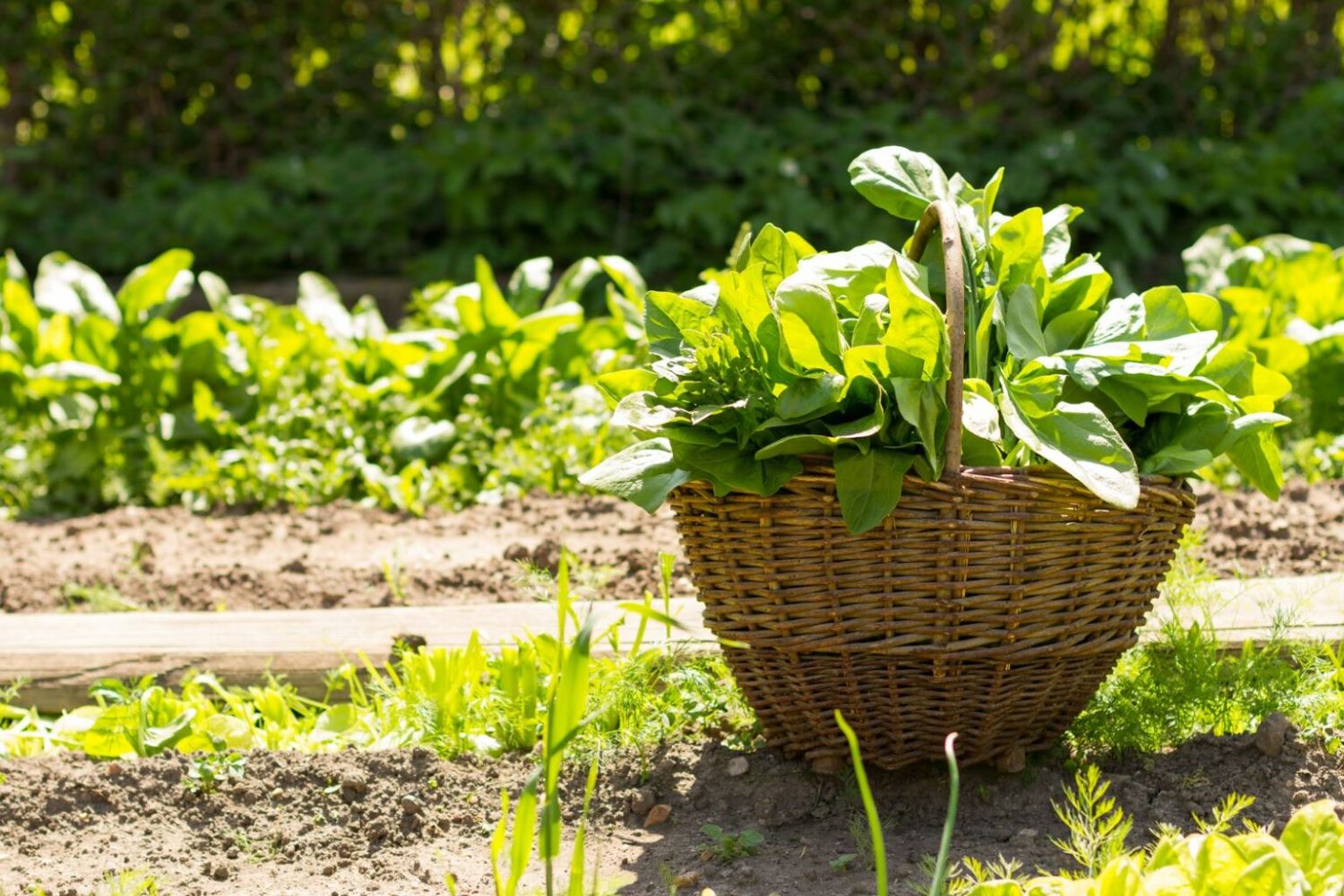
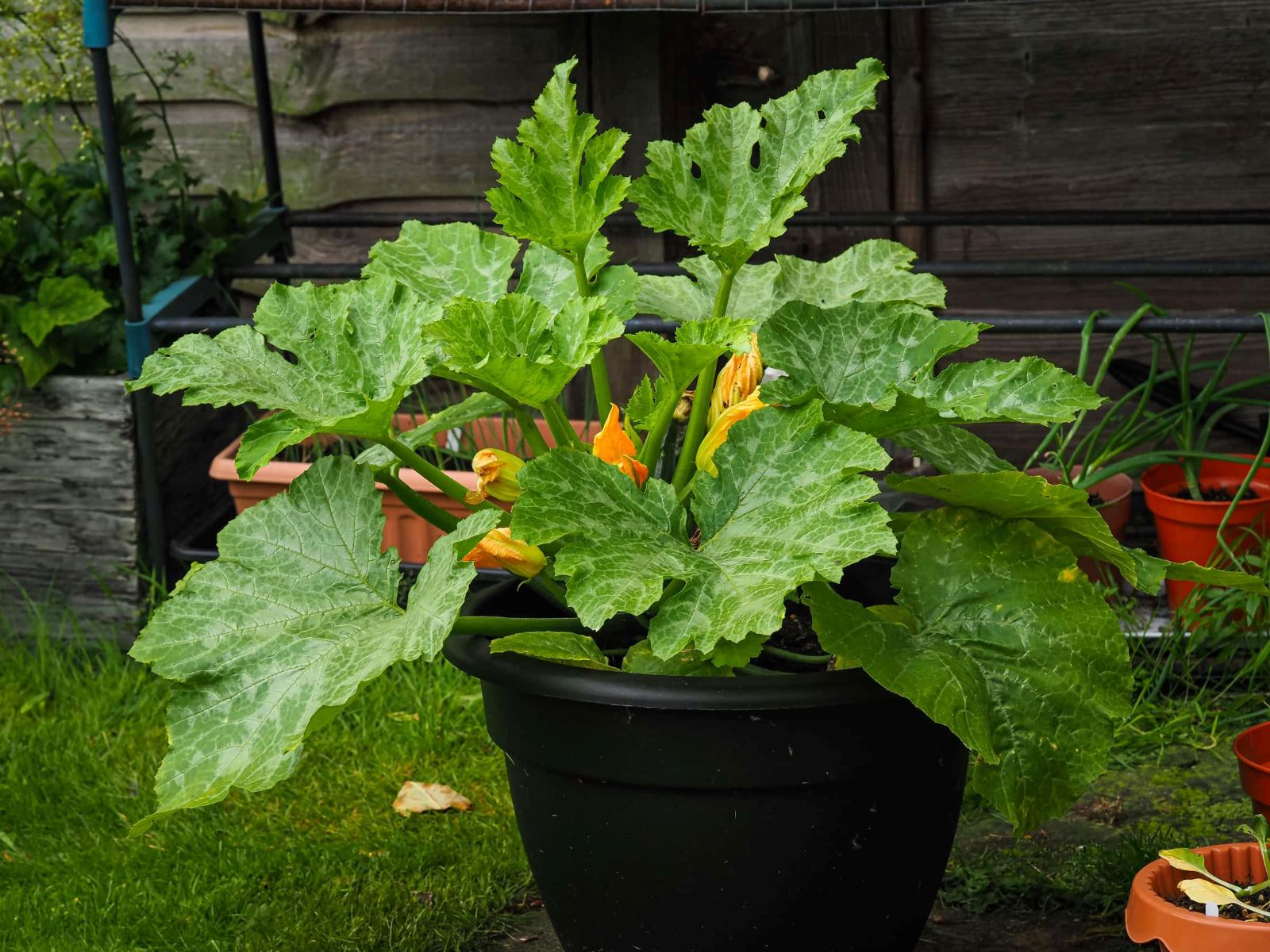
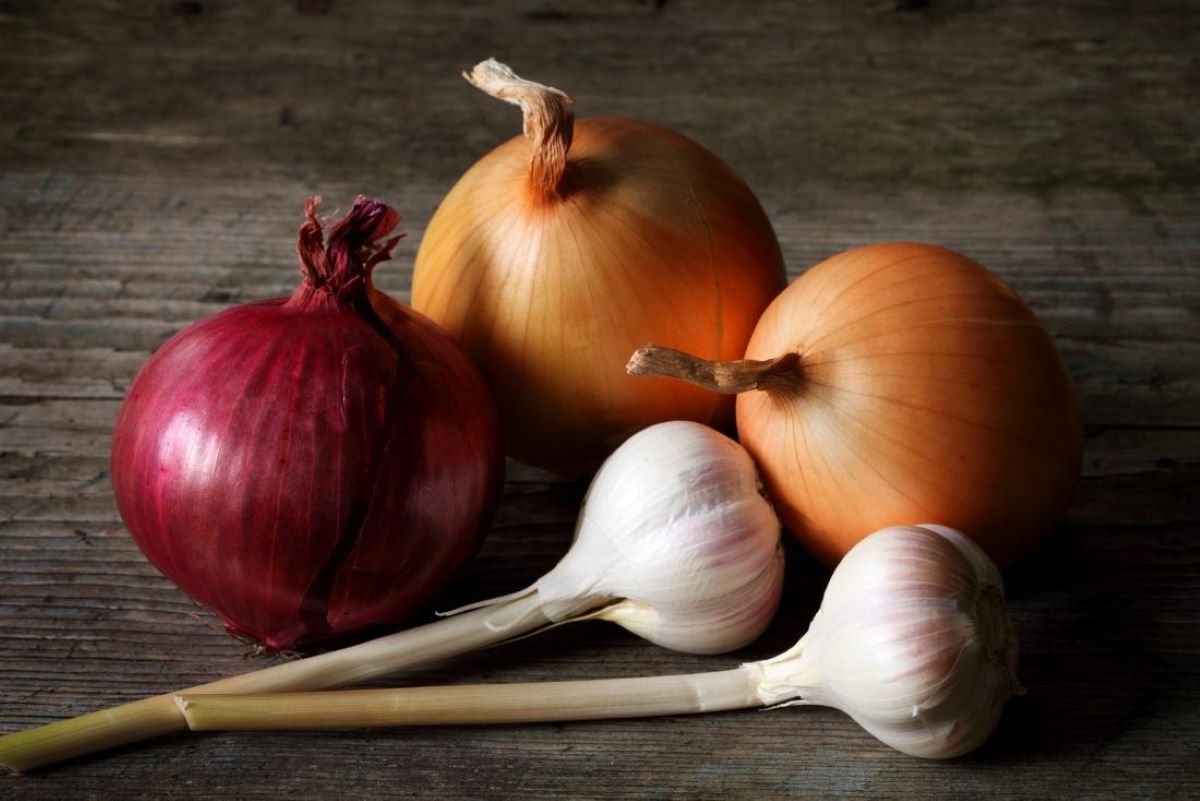
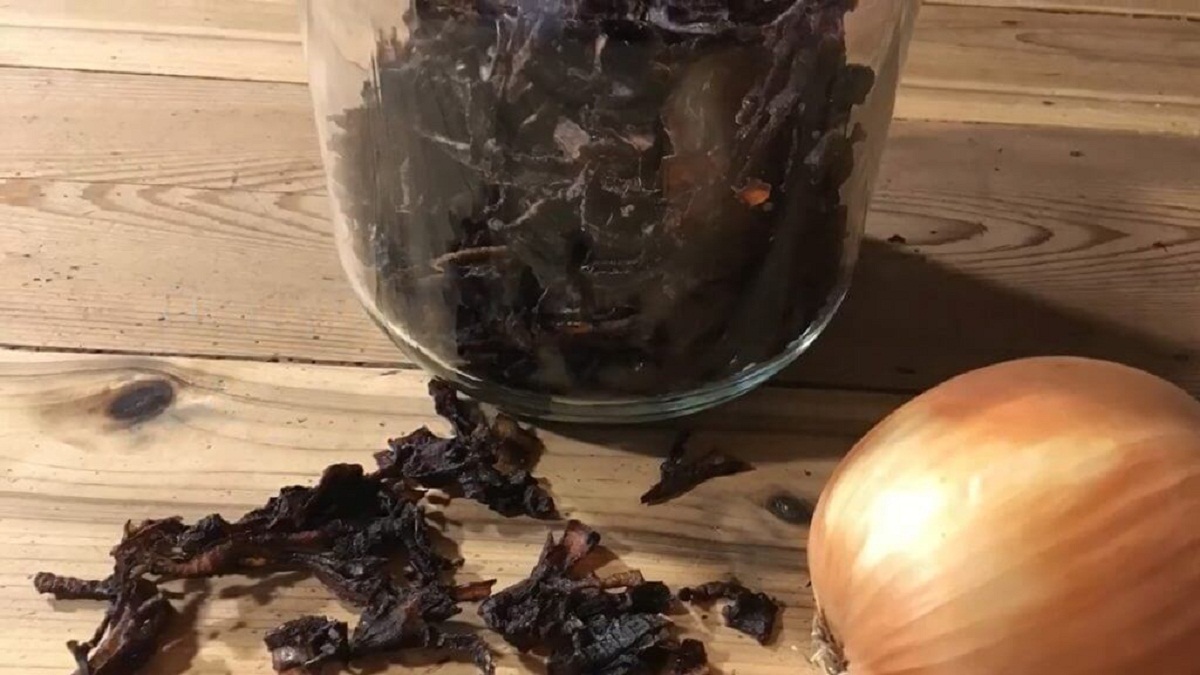
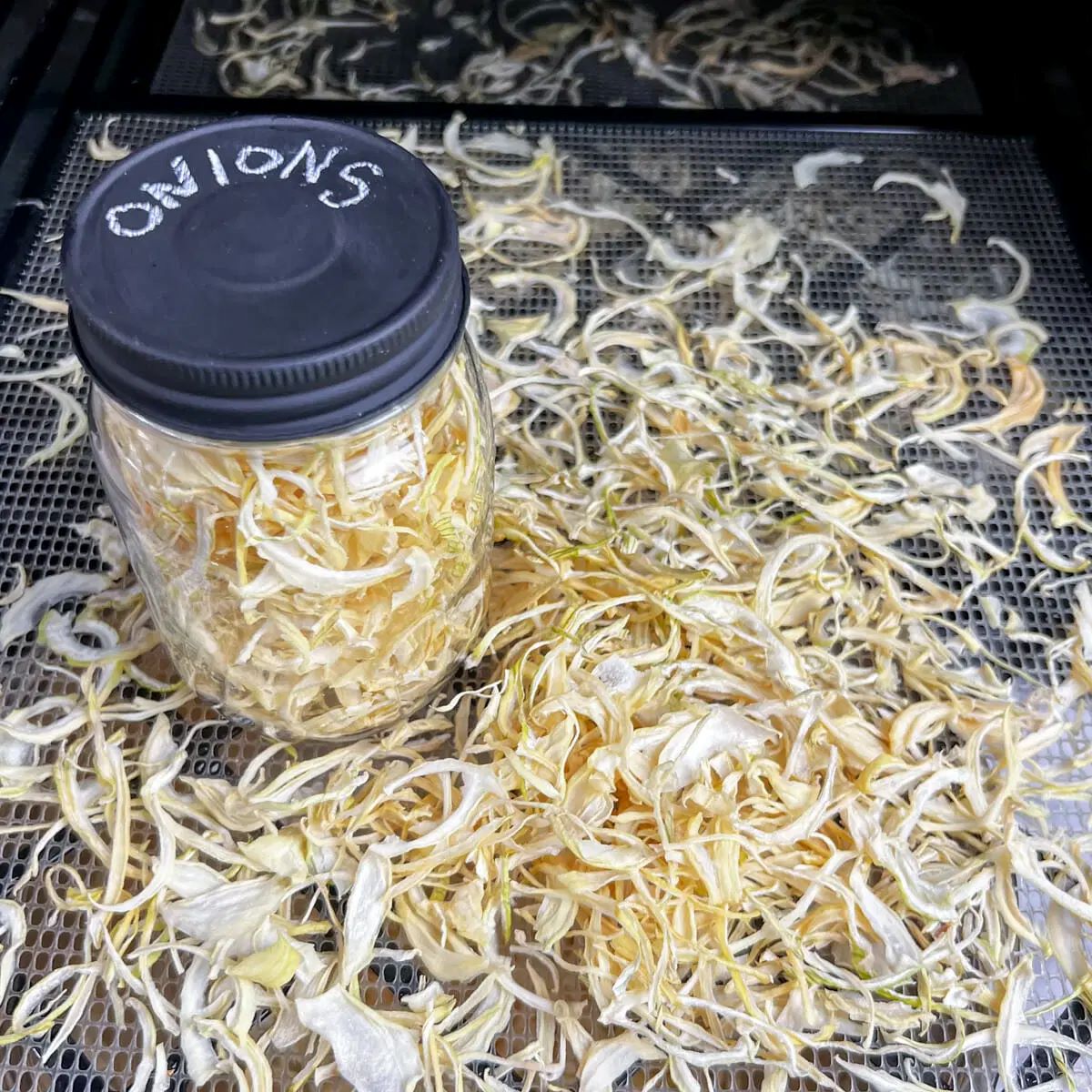

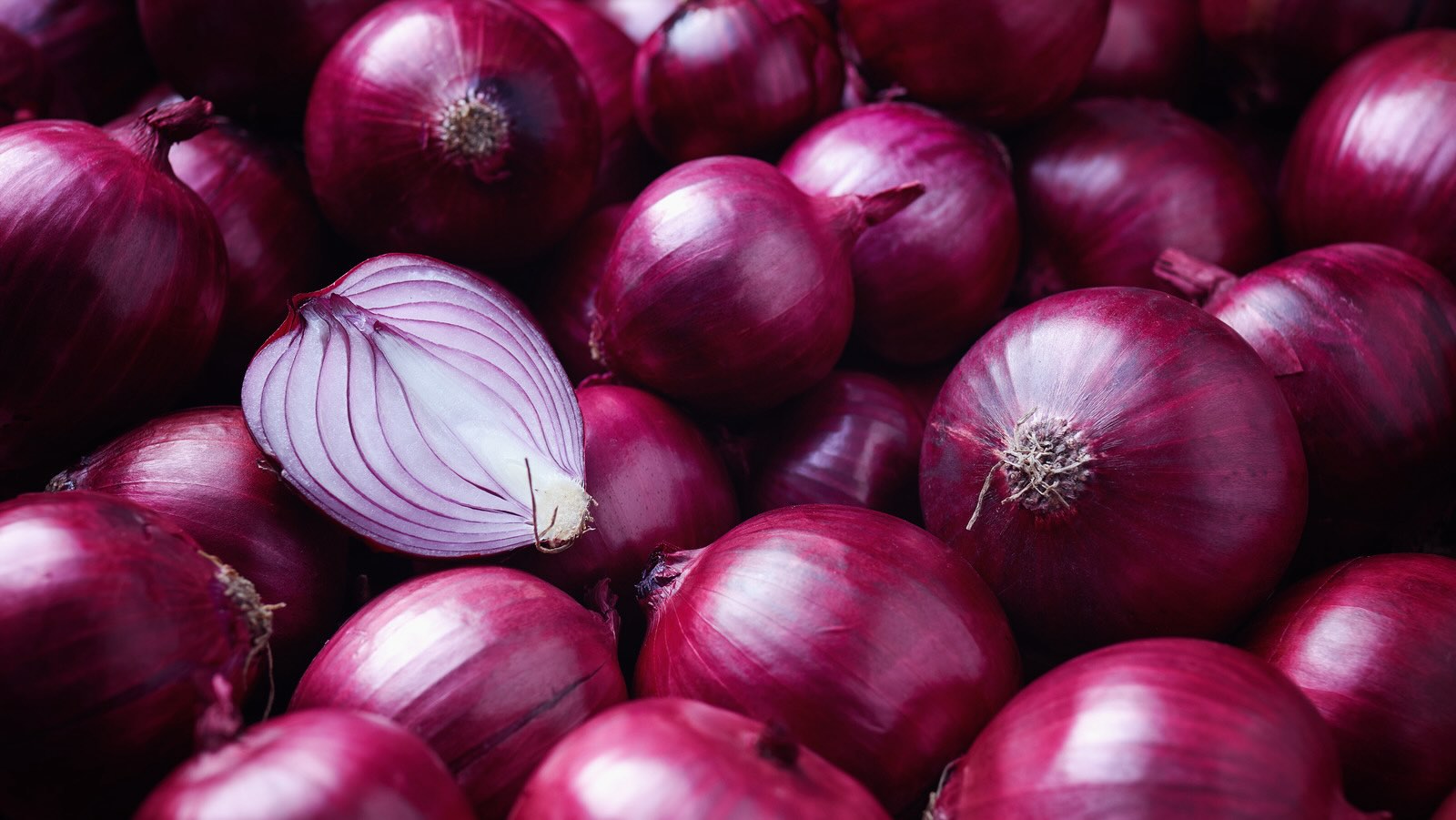
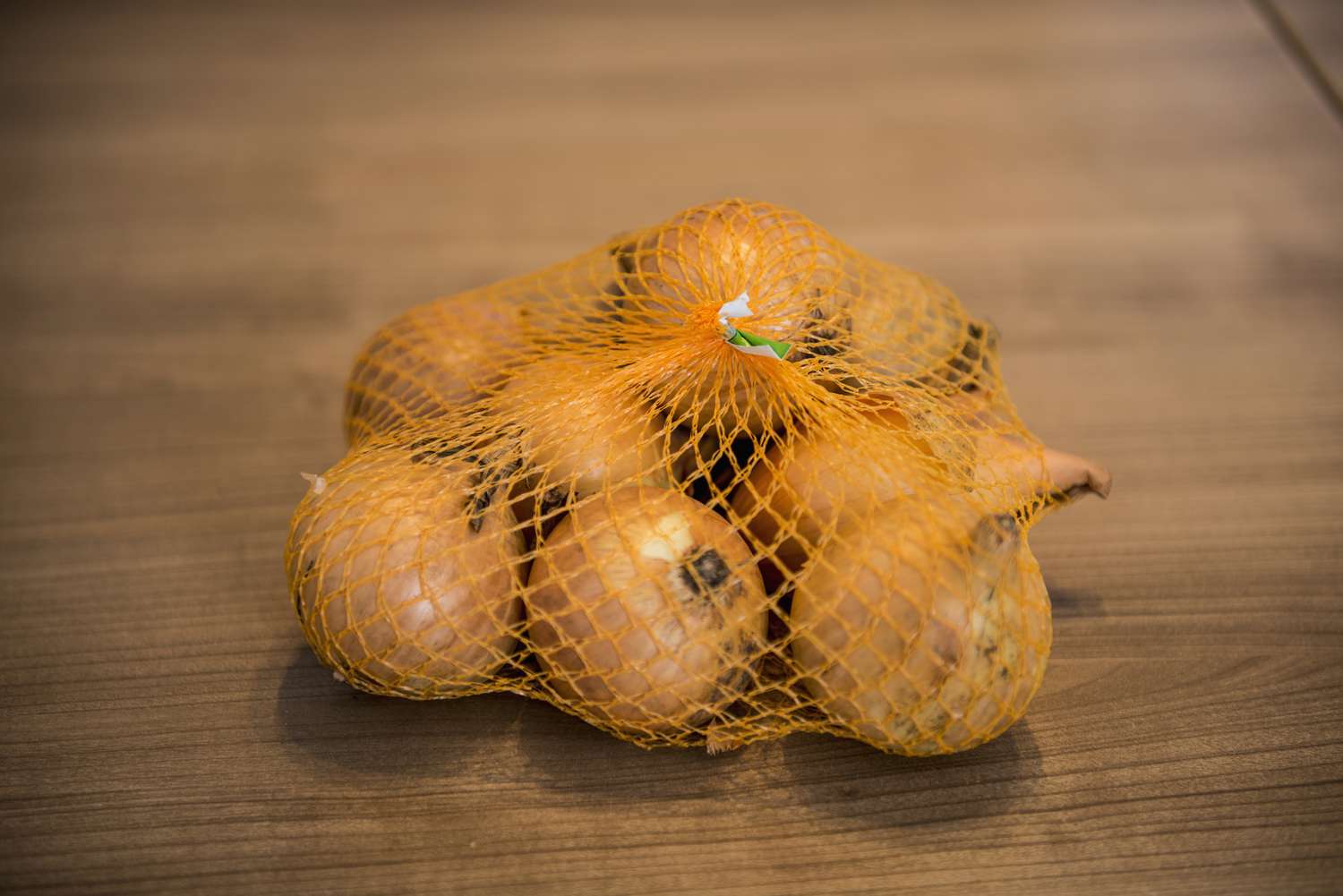
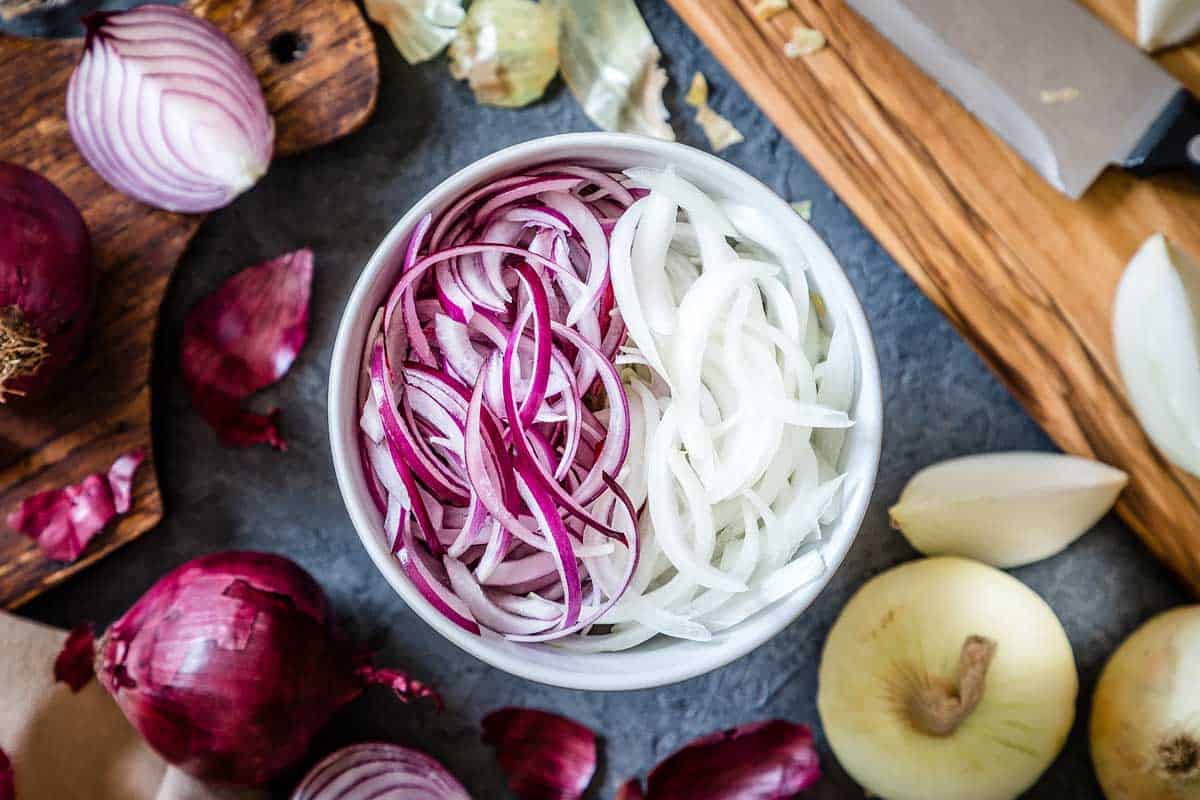
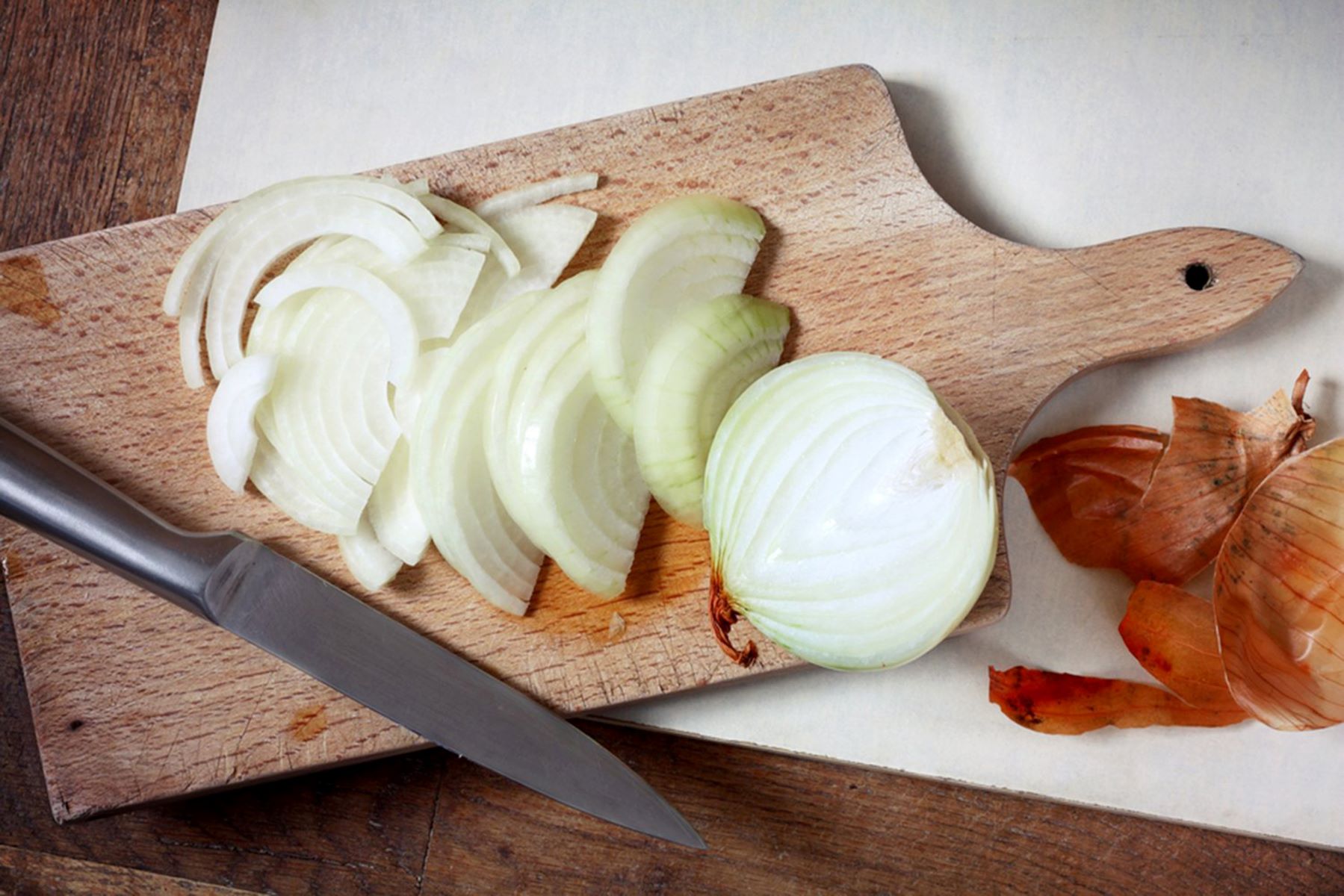
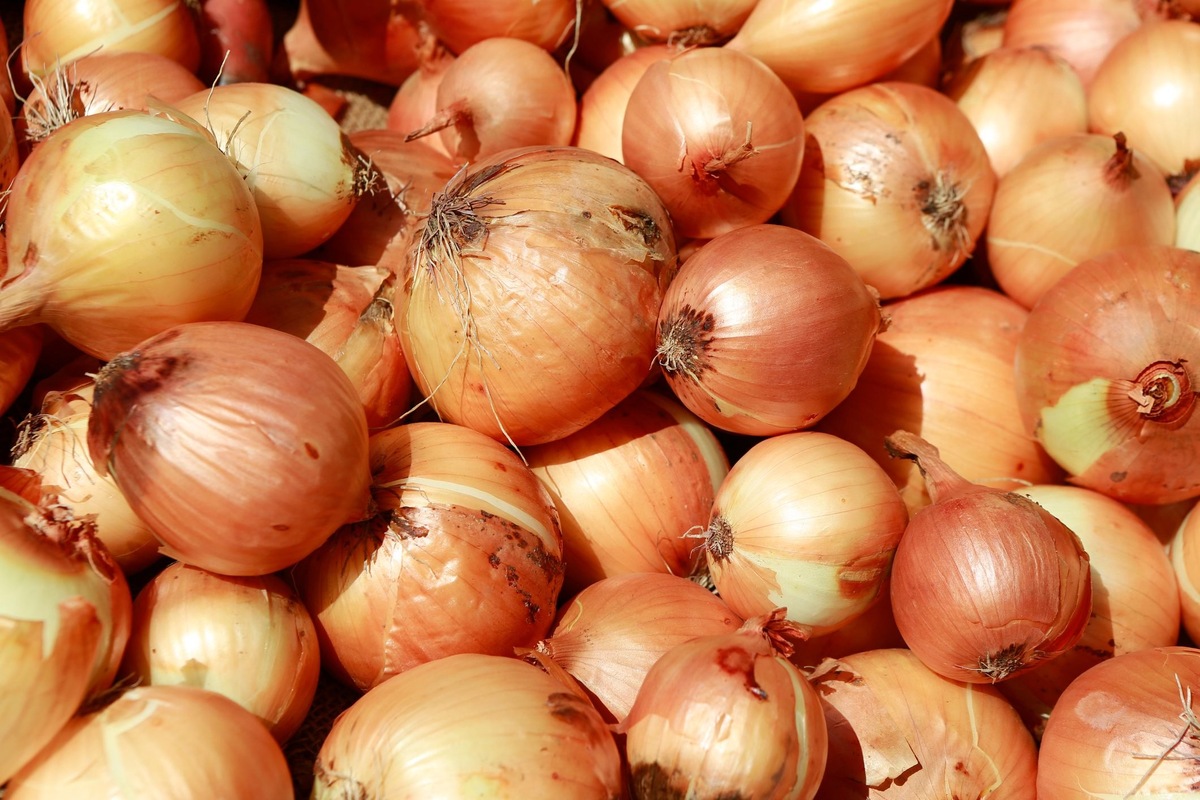
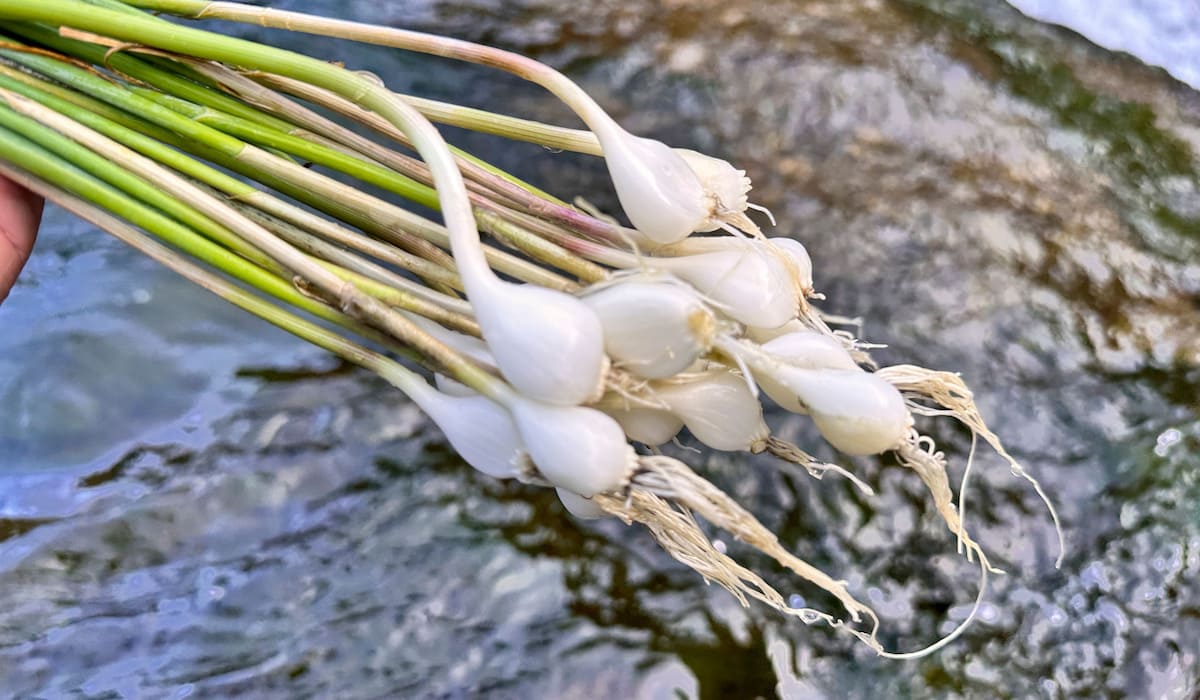
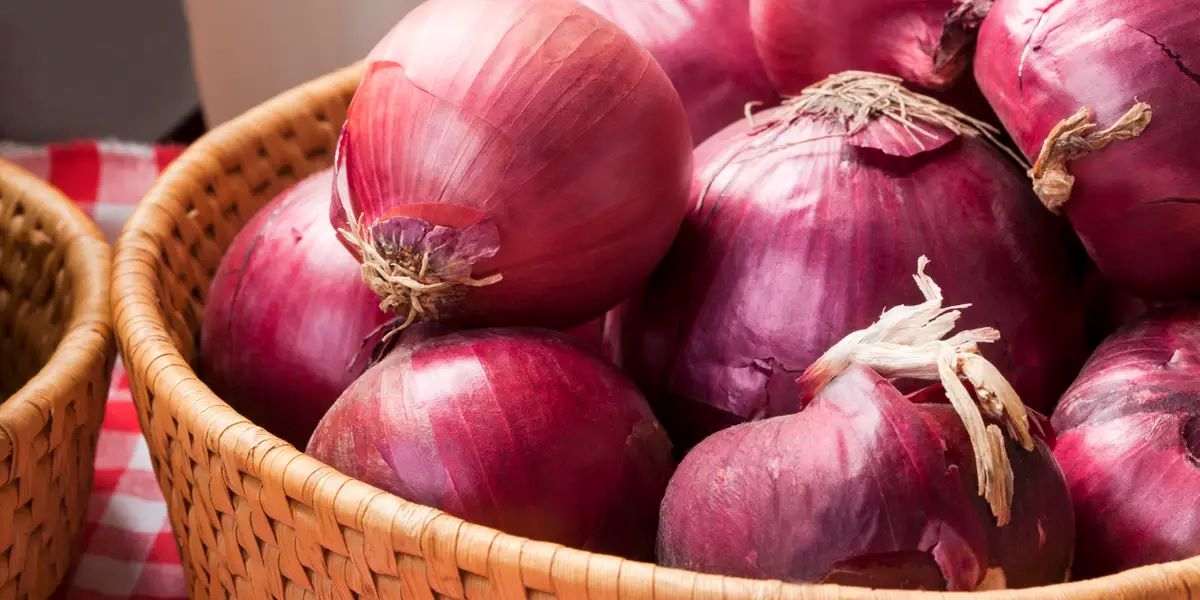

0 thoughts on “How To Store Onions From The Garden”